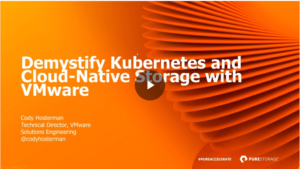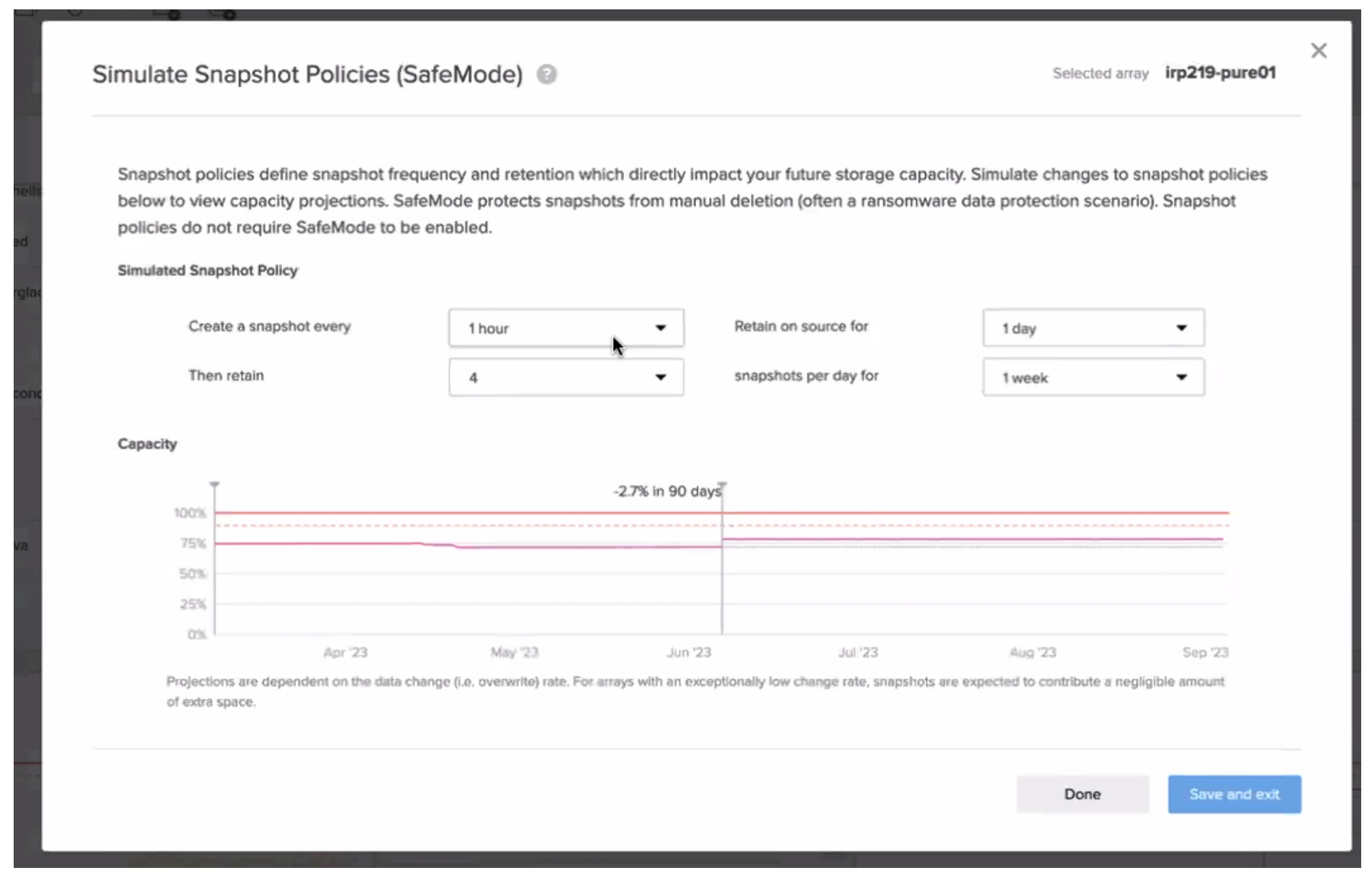Containers have several advantages over other application development methods. Containers are more resource-efficient than virtual machines because containers can share a single OS on a host. By contrast, while you can run multiple VMs on a server, each VM requires its own copy of the OS, which can increase costs and drive up operational burdens such as configuration, patching, and so on.
 Containers also allow developers to break down applications into component parts. These components can then be individually refined, tested, updated, and changed without having to rewrite the entire application. This, in turn, enables developers to roll out new features and capabilities much faster than is typical with monolithic applications.
Containers also allow developers to break down applications into component parts. These components can then be individually refined, tested, updated, and changed without having to rewrite the entire application. This, in turn, enables developers to roll out new features and capabilities much faster than is typical with monolithic applications.
Despite these benefits, and despite the interest and attention that containers generate, actual container adoption in the enterprise is modest.
For example, 62% of respondents run only 10% or fewer workloads using containers, according to a 2020 Red Hat survey. Only 5% run half their workloads in containers.
Part of the problem is that the more applications you build using containers, the harder they become to manage. A single application may be made up of hundreds or even thousands of containers, and all these containers must coordinate with one another for the application to function. It’s impossible for humans to manage such an environment by hand.
This complexity is one reason enterprises have yet to adopt containers en masse. That’s borne out by a container survey conducted by Diamanti, which found that 32% of respondents cite management complexity as their greatest challenge.
Orchestration platforms such as Kubernetes have emerged to automate essential functions so that containers act in concert. However, Kubernetes itself is a complex beast. While companies are getting up to speed with containers, their IT teams also have to get proficient with an orchestration platform. That means training employees to get them the right skills, which can be time-intensive and costly.
On top of that, Kubernetes doesn’t solve every challenge. Enterprises also need to log and track container activity, monitor performance, authenticate components, and so on. This has given rise to yet another platform category, the service mesh, which operates alongside an orchestrator to provide these essential functions.
And that means yet another platform to manage, and another set of skills for IT teams to develop. The Diamanti survey, which gathered responses from 500 IT leaders, found that 57% say that a shortage of staff with the necessary skills will either moderately or majorly inhibit container adoption.
Training and Tools
Despite the twin challenges of complexity and a skills shortage, enterprises have an appetite for containers. The Red Hat survey cited above notes that 28% of respondents anticipate that half or more of workloads will run in containers in the next twelve months.
One way to get there is to invest in workforce training. Enterprises can pay employees to take courses, workshops, and bootcamps. They can promote internal learning through brown bags and mentorship. They can encourage self-learning by offering bonuses or advancement opportunities for employees who earn relevant certifications.
IT vendors also aim to fill the skills gap by developing software and services that make containers and orchestration easier to operate. For instance, Red Hat’s OpenShift and Google’s Anthos provide container-friendly development environments that are wrapped up with automation tools and enterprise support to streamline adoption and improve productivity.
 One of the more significant container-related releases in 2020 is VMware’s vSphere 7.0, which integrates native Kubernetes so that administrators can operate and manage containers and virtual machines on the same platform.
One of the more significant container-related releases in 2020 is VMware’s vSphere 7.0, which integrates native Kubernetes so that administrators can operate and manage containers and virtual machines on the same platform.
The vSphere 7 release supports popular developer tools so that developers can work natively with containers. At the same time, IT operations teams can provision, manage, and secure container workloads using familiar tools and workflows. The goal is to support enterprise adoption of containers while leveraging the skills and expertise that enterprises have already developed with vSphere.
Storage vendors are also embracing containers and Kubernetes. For instance, Pure Storage’s Pure Service Orchestrator integrates with vSphere and Kubernetes so that storage administrators can automate storage provisioning with the right policies for performance and protection–including on Pure arrays that support vVols. This vVols support is critical because vVols abstracts the underlying storage and makes it easier to support critical features such as replication and snapshots.
Container complexity is not insurmountable. Enterprises should invest in their workforce with training and education and do the careful work of choosing the right software and tools for their teams.
To learn more about Pure Storage’s solution, visit this link.
Also be sure to check out the On-Premise IT Roundtable Podcast video below featuring:
Jon Owings, Principal Solution Architect at Pure Storage
Cormac Hogan, Director and Chief Technologist at VMware
Chris Williams, Multi-Cloud Consultant for WWT
Drew Conry-Murray, Tech Blogger and Podcaster at PacketPushers.net




